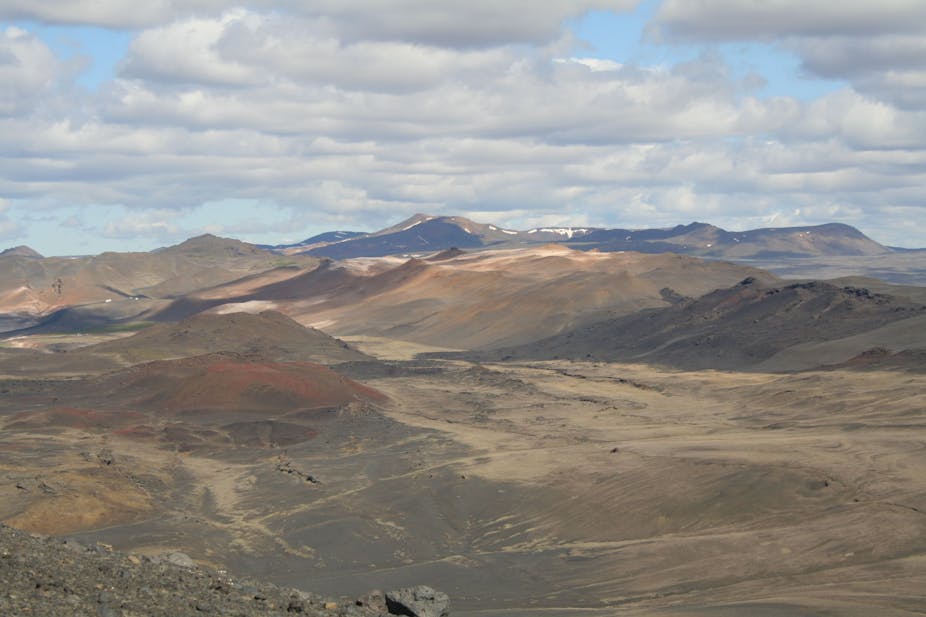This is not as odd a question as it sounds, and by next week I reckon a good lot of you will be pondering it. Why? Well the 30th September sees the opening of The Martian in Australia, director Ridley Scott’s latest offering. It’s a survivor tale, telling the plight of a lone astronaut trapped on Mars.
To be honest I’d be surprised if you hadn’t heard of this movie. If you’re reading this column you’re probably somewhat of a nerd and this movie has been artfully targeting you since the get go.
It first came to my attention when a number of my (nerdier) Facebook friends started announcing that they were going to greet their next day by ‘sciencing the shit out of it’. A new nerd-cry to rival the immortal ‘back off man I’m a scientist’, The Martian has firmly announced itself as a geek movie. It’s the latest in an increasing trend of films that prides itself on its scientific accuracy.
I admit, the trailer intrigued me, and watching it as I did back in June I was rather infuriated to learn that I’d have to wait until spring to find out what all the fuss is about. So I did what any self-respecting scientist does at this point – I looked to gather more information. I read the book.
The Martian is based on the best-selling book by Andy Weir. The book was released in parts as an e-book after he struggled to get a publishing contract (which seems a bit laughable now, after he sold the movie rights for hundreds of thousands). But this trickle of story meant that Wier could gather feedback about the accuracy of the science in it (some parts read like an XKCD comic) and revise where needed.
It’s a good, copy-inducing, tool to say that your book is ‘accurate’ in one way or another as it ensues a raft of articles confirming/denying your work (c.f. this piece). And we’re always being told that no publicity is bad ….
The book starts by introducing us to Mark Watney, who has been stranded on Mars after an unfortunate incident. To survive, given that he only has rations for 31 days, he is going to have to grow some more food. The best thing he has to start this off is some freeze-dried potatoes that were meant for a Thanksgiving meal. This, of course is only one of his issues, but is one that I can at least ponder on. Can you grow the humble tattie on Mars?
Thanks to Curiosity, we know this – at least – is possible. One of the instruments hidden in Curiosity’s belly is a diffractometer (which I’ve gone on about before) which gives us a pretty unambiguous picture of what minerals make up the surface of Mars. The upshot is, Mars is a lot like Iceland.

What I’ve got in this picture is two patterns of data – one taken by Curiosity on Mars and one taken by me of a sample of volcanic ash from Iceland at the Australian Synchrotron (at around 3am in the morning I’d like to add).
The black line in each is the measured pattern and the red one the model of minerals I’m fitting. In both I’ve fit a mixture of the minerals pyroxene and feldspar as well as a big hump to account for the glassy stuff. It’s not a perfect model for both of the patterns, but it does account for most of the features.
What you’ll (hopefully) notice is the astonishing similarity between both patterns. The great thing about this is, well, we know a lot about Iceland – we’ve studied the minerals there for hundreds of years. We can now apply that knowledge to Mars.
I admit that when I first collected the Icelandic ash data I wasn’t really thinking ‘Mars’ – I was thinking ‘here’s a cool bunch of samples that no-one has ever put in a synchrotron beamline before’.
But I came across the work of Emily Bathgate, a PhD student at UTS. She was building a library of how minerals respond to light spectra, specifically Raman and FTIR. She is doing this because the next Mars rovers (Mars2020 and ExoMars) won’t carry diffraction machines, but will carry Raman and FTIR instruments.
I realised that she might like some ‘Mars-like’ samples to try her library out on, and offered her the use of the Icelandic ash – and the diffraction patterns to go with them. You can read more about this in the nice paper Emily published about it all.
But, as any soil scientist will tell you, the minerals are only the start. These need to be processed and have the ability to hold in a community of bacteria.
I won’t give away the spoiler of how Mark Watney achieves that. But the premise is sound, Mars is like Iceland and they can grow potatoes on Iceland (though, with a bit of help from the abundant geothermal heat they have there).
So that’s one bit of The Martian which is pretty accurate. All in all I loved the book, so the next question is… will the movie be any good?

